Rodríguez García, F; Miranda Villera, C; Peynado Vila, A; Prado Cantillo, D.
Cir. plást. iberolatinoam. vol.42, no.2. abr./jun. 2016. pp.149-156
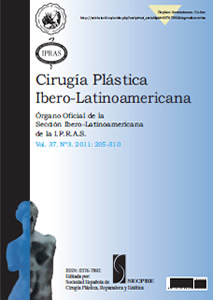
El músculo glúteo mayor es el más voluminoso y superficial de la región glútea, con forma cuadrilátera, dos inserciones diferentes, espesor variable en sus distintas zonas, y cubierto con diferentes fascias o aponeurosis.
Se realizó un detallado estudio de la anatomía descriptiva y quirúrgica de dicho músculo para comparar cuál de las técnicas actuales utilizadas para el aumento glúteo con implantes es más segura y cuál proporciona mejores resultados.
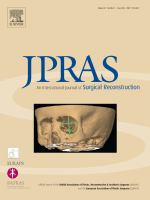 Persistent postsurgical pain (PPP) has been reported by patients following various surgeries. Body contouring procedures are being performed more frequently, but no data are available regarding the effects of these procedures. Long-term disability occurring after performing “functional” procedures on healthy subjects is a particular concern. The aim of this study was to describe the risk factors, prevalence, characteristics, and effects of persistent pain after body contouring procedures.
Persistent postsurgical pain (PPP) has been reported by patients following various surgeries. Body contouring procedures are being performed more frequently, but no data are available regarding the effects of these procedures. Long-term disability occurring after performing “functional” procedures on healthy subjects is a particular concern. The aim of this study was to describe the risk factors, prevalence, characteristics, and effects of persistent pain after body contouring procedures.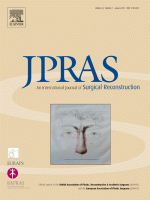 The second decade of the 20th century saw the publication of two landmark books – John Staige Davis’ Plastic Surgery its Principles and Practice published in Philadelphia in 1919 and Major Harold Gillies’ Plastic Surgery of the Face published in the United Kingdom early 1920. The aim of this paper is to compare the books critically as scholarly achievements in their time and note their present day relevance.
The second decade of the 20th century saw the publication of two landmark books – John Staige Davis’ Plastic Surgery its Principles and Practice published in Philadelphia in 1919 and Major Harold Gillies’ Plastic Surgery of the Face published in the United Kingdom early 1920. The aim of this paper is to compare the books critically as scholarly achievements in their time and note their present day relevance. Autologous fat grafting (AFG) or lipofilling is nowadays a popular technique for breast reconstruction after breast cancer surgery. There is debate regarding the oncological safety and risks of this procedure in breast cancer patients. A systematic review of the literature published between January first 1995 and October first 2016 was conducted regarding the efficacy, safety and complications of this technique in breast cancer patients after their cancer treatment.
Autologous fat grafting (AFG) or lipofilling is nowadays a popular technique for breast reconstruction after breast cancer surgery. There is debate regarding the oncological safety and risks of this procedure in breast cancer patients. A systematic review of the literature published between January first 1995 and October first 2016 was conducted regarding the efficacy, safety and complications of this technique in breast cancer patients after their cancer treatment.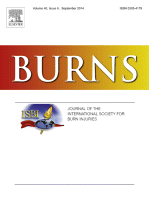 Practice guidelines (PGs) are recommendations for diagnosis and treatment of diseases and injuries, and are designed to define optimal evaluation and management. The first PGs for burn care addressed the issues encountered in developed countries, lacking consideration for circumstances in resource-limited settings (RLS). Thus, the mission of the 2014–2016 committee established by the International Society for Burn Injury (ISBI) was to create PGs for burn care to improve the care of burn patients in both RLS and resource-abundant settings. An important component of this effort is to communicate a consensus opinion on recommendations for burn care for different aspects of burn management.
Practice guidelines (PGs) are recommendations for diagnosis and treatment of diseases and injuries, and are designed to define optimal evaluation and management. The first PGs for burn care addressed the issues encountered in developed countries, lacking consideration for circumstances in resource-limited settings (RLS). Thus, the mission of the 2014–2016 committee established by the International Society for Burn Injury (ISBI) was to create PGs for burn care to improve the care of burn patients in both RLS and resource-abundant settings. An important component of this effort is to communicate a consensus opinion on recommendations for burn care for different aspects of burn management.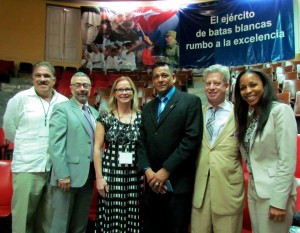

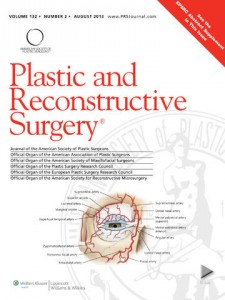 The ability to surgically rejuvenate the aging face has progressed in parallel with plastic surgeons’ understanding of facial anatomy. In turn, a more clear explanation now exists for the visible changes seen in the aging face. This article and its associated video content review the current understanding of facial anatomy as it relates to facial aging. The standard face-lift techniques are explained and their various features, both good and bad, are reviewed. The objective is for surgeons to make a better aesthetic diagnosis before embarking on face-lift surgery, and to have the ability to use the appropriate technique depending on the clinical situation.
The ability to surgically rejuvenate the aging face has progressed in parallel with plastic surgeons’ understanding of facial anatomy. In turn, a more clear explanation now exists for the visible changes seen in the aging face. This article and its associated video content review the current understanding of facial anatomy as it relates to facial aging. The standard face-lift techniques are explained and their various features, both good and bad, are reviewed. The objective is for surgeons to make a better aesthetic diagnosis before embarking on face-lift surgery, and to have the ability to use the appropriate technique depending on the clinical situation.

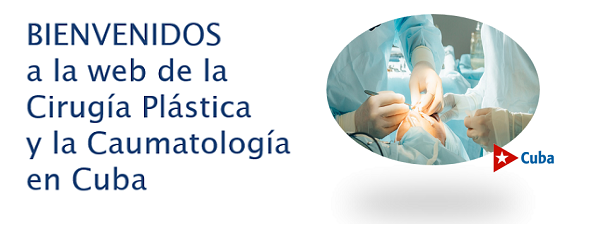
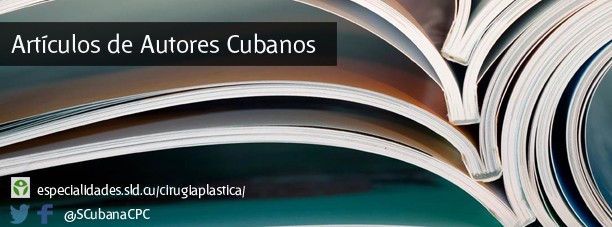
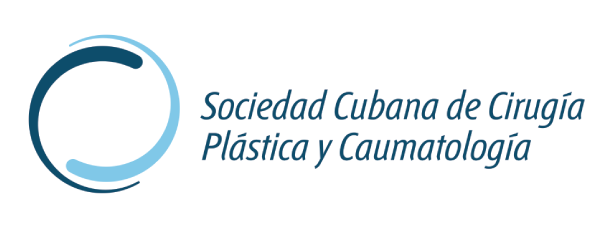

 Sitio web publicado el
Sitio web publicado el
Los lectores comentan